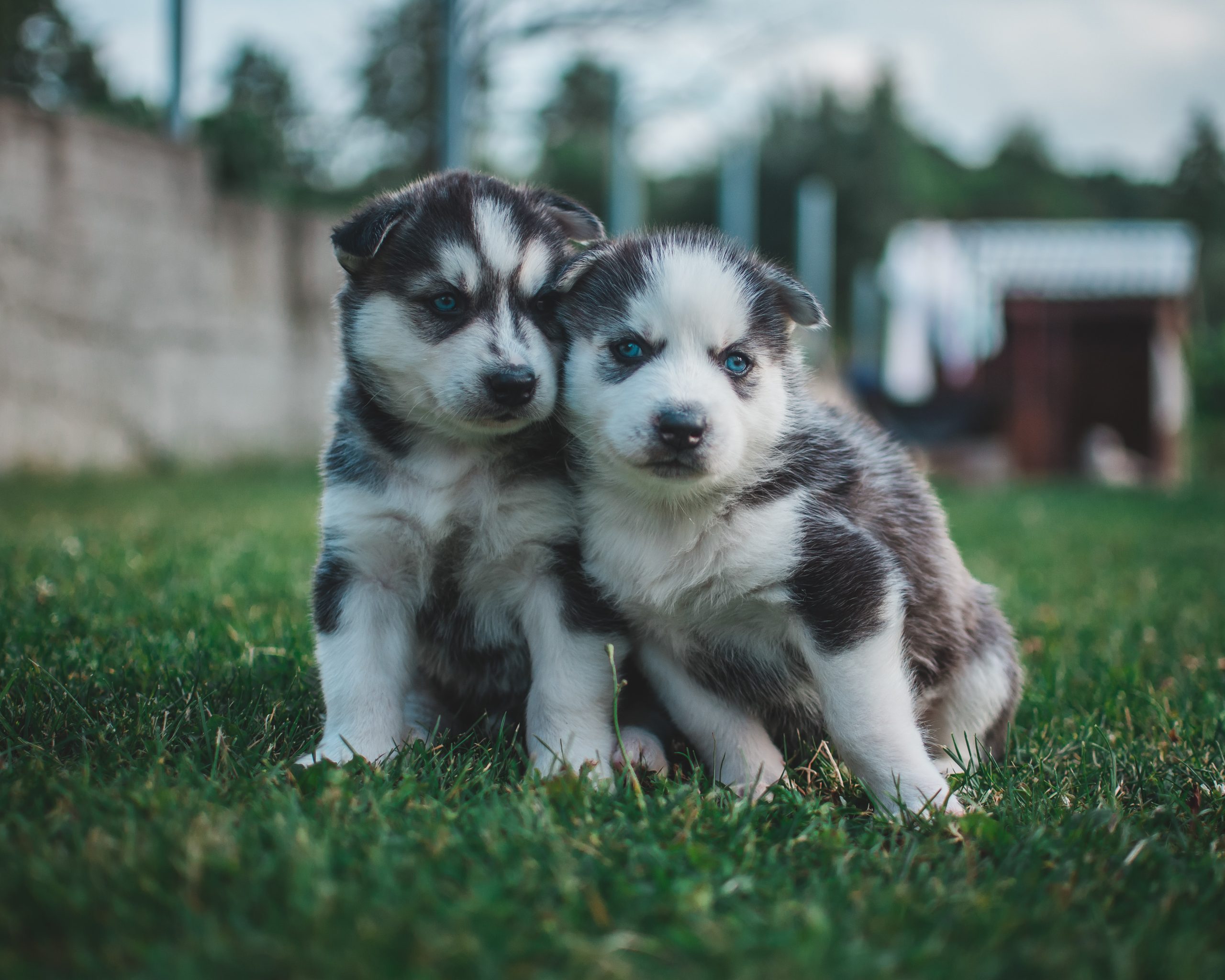Have you ever wondered how many puppies a husky can have? Well, in this article, we will explore the fascinating world of husky litters. Whether you’re a dog lover, a prospective husky owner, or simply curious about these adorable creatures, you’ll find all the answers you’re looking for right here. From the average size of a husky litter to the factors that can influence litter size, we’ll uncover all the details about how many little ones a husky can bring into the world. Get ready to be amazed by the potential cuteness overload!
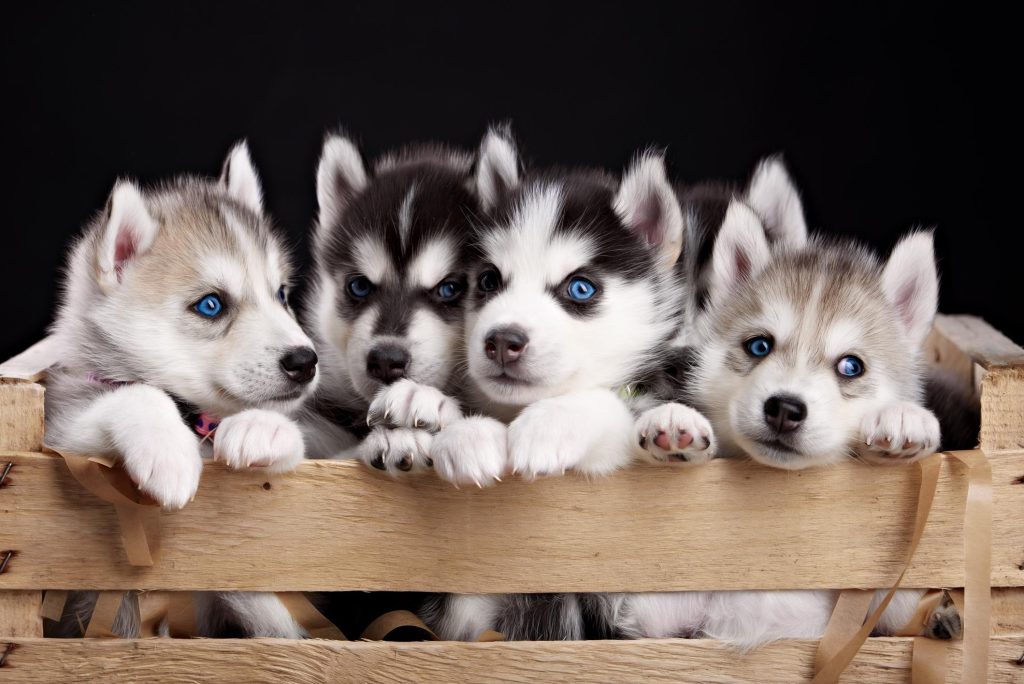
This image is property of t1.uc.ltmcdn.com.
Factors that Influence Litter Size
When it comes to the litter size of Huskies, there are several factors that can influence it. Understanding these factors can help dog owners and breeders manage their expectations and ensure the health and well-being of both the mother and the puppies. The main factors that influence litter size in Huskies are genetics, age of the Husky, size of the Husky, health and nutrition, and environmental factors. Let’s delve into each of these factors to gain a deeper understanding.
Genetics
Genetics play a significant role in determining the litter size of a Husky. Inherited traits, breed standards, and possible genetic disorders can all impact how many puppies a Husky may have. Inherited traits refer to the genetic characteristics passed down from one generation to the next. These traits can include the number of puppies a Husky is predisposed to have. Additionally, breed standards set by kennel clubs and breed organizations can also influence the ideal litter size for specific breeds, including Huskies. Finally, genetic disorders or abnormalities can sometimes affect a Husky’s reproductive system, potentially leading to smaller litter sizes.
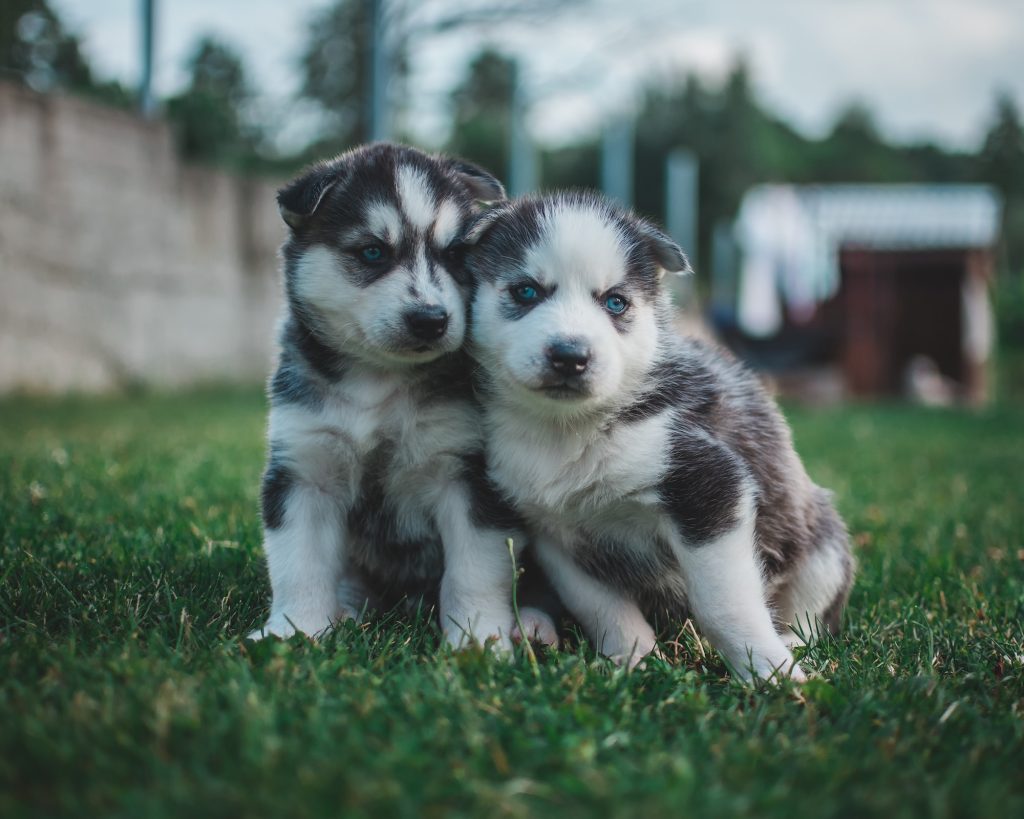
This image is property of images.unsplash.com.
Age of the Husky
The age of the Husky also plays a crucial role in determining litter size. A Husky’s reproductive system goes through significant changes as they age, affecting their ability to conceive and carry a litter. Firstly, the first heat cycle, or estrus, marks the beginning of a Husky’s reproductive maturity. It is generally recommended to wait until a female Husky has gone through at least two heat cycles before considering breeding. Breeding a Husky too early can lead to complications and smaller litter sizes. Conversely, as a Husky gets older, their fertility may decline, which can also impact litter size.
Size of the Husky
Another factor that can influence litter size in Huskies is the size of the individual dog. Standard Huskies generally have a set range of sizes, and this can impact the number of puppies they are capable of carrying. Smaller Huskies may have smaller litters, while larger Huskies may have larger litters. It’s important to note that there can be variations within each size category, and other factors will also come into play when determining the final litter size.

This image is property of images.unsplash.com.
Health and Nutrition
Maintaining optimal health and nutrition is crucial for ensuring healthy litters in Huskies. Before breeding, it is essential to take the Husky for prebreeding health checkups. These checkups help identify any underlying health issues that may affect pregnancy or litter size. Similarly, providing a balanced and nutritious diet is vital for the overall well-being of the mother and the development of the puppies. Poor health and nutrition can lead to smaller litter sizes or complications during pregnancy.
Environmental Factors
The environment in which a Husky lives can also impact litter size. Factors such as climate and seasonal variations, living conditions, and stress levels can all influence a Husky’s ability to conceive and carry a litter to full term. Extreme climates or drastic changes in temperature can be stressful for Huskies, potentially affecting their reproductive capabilities. Similarly, living conditions that are unsanitary or overly stressful can have negative effects on litter size. Ensuring a calm and conducive environment for the Husky is essential for optimal reproductive health.
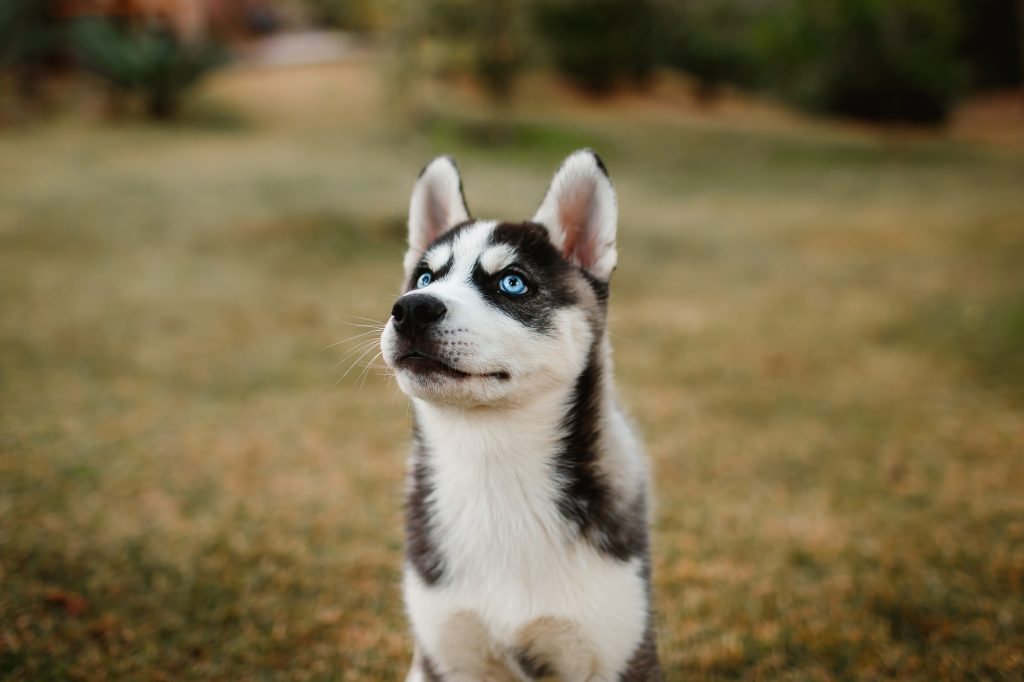
This image is property of images.unsplash.com.
Signs of Pregnancy in Huskies
Recognizing the signs of pregnancy is crucial to providing proper care for a pregnant Husky. Some common physical changes that can indicate pregnancy in Huskies include weight gain, nipple enlargement, and abdominal enlargement. It’s important to note that these changes may not be apparent until several weeks into the pregnancy. In addition to physical changes, Huskies may also exhibit behavioral changes, such as increased nesting behavior or a change in appetite. However, the most reliable way to confirm pregnancy is through a veterinary examination, where a veterinarian can perform an ultrasound or palpation to determine if the Husky is pregnant.
Average Litter Size of Huskies
The average litter size of Huskies can vary based on various factors, including genetics, age, and size. Statistical data has shown that the typical litter size for Huskies ranges between 4 to 6 puppies. However, it’s important to remember that this is just an average, and individual Huskies may have litters smaller or larger than this range. Factors such as genetics, age, size, health, and environmental conditions can all contribute to the variability in litter sizes.
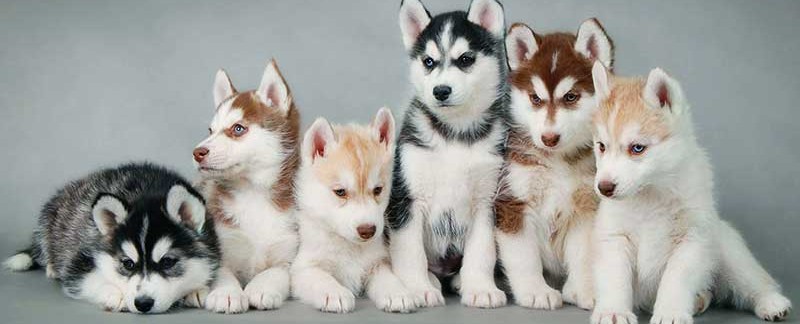
This image is property of primitivedogs.com.
Pregnancy and Whelping Process
The pregnancy and whelping process in Huskies follows a specific timeline, and understanding this timeline is crucial for providing proper care. The length of pregnancy in Huskies is typically around 63 days, although variations of a few days are considered normal. As the due date approaches, a pregnant Husky may show signs of labor, including restlessness, panting, and nesting behavior. It’s important to create a comfortable and secluded area for the Husky to give birth, known as a whelping box. Providing this safe space will ensure the mother and puppies are protected during this vulnerable time.
Caring for a Large Litter
If a Husky has a large litter, proper preparation and care are essential to ensure the health and well-being of all the puppies. Before the birth, it’s important to prepare a whelping area with clean bedding and appropriate heating to maintain the puppies’ body temperature. Once the puppies are born, ensuring they receive adequate nutrition is crucial. The mother’s milk is the best source of nutrition for the puppies initially, but as they grow, introducing a high-quality puppy food can provide the additional nutrients they need. Regular veterinary checkups are also vital to monitor the health and development of the puppies. Lastly, socialization and training should start early to ensure the puppies grow up to be well-rounded and obedient adult Huskies.
In conclusion, several factors influence the litter size of Huskies. Genetics, age, size, health, and environmental factors all play significant roles in determining how many puppies a Husky may have. Understanding these factors and providing the necessary care and support can help ensure the health and well-being of both the mother and the puppies throughout the breeding and whelping process.
